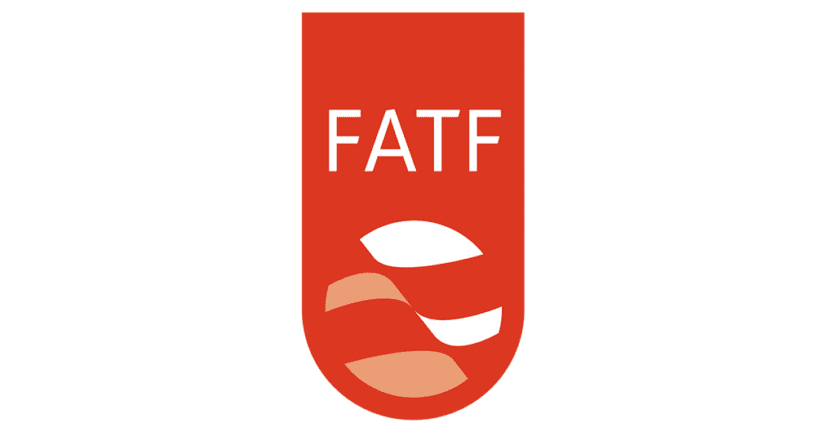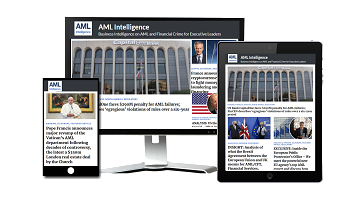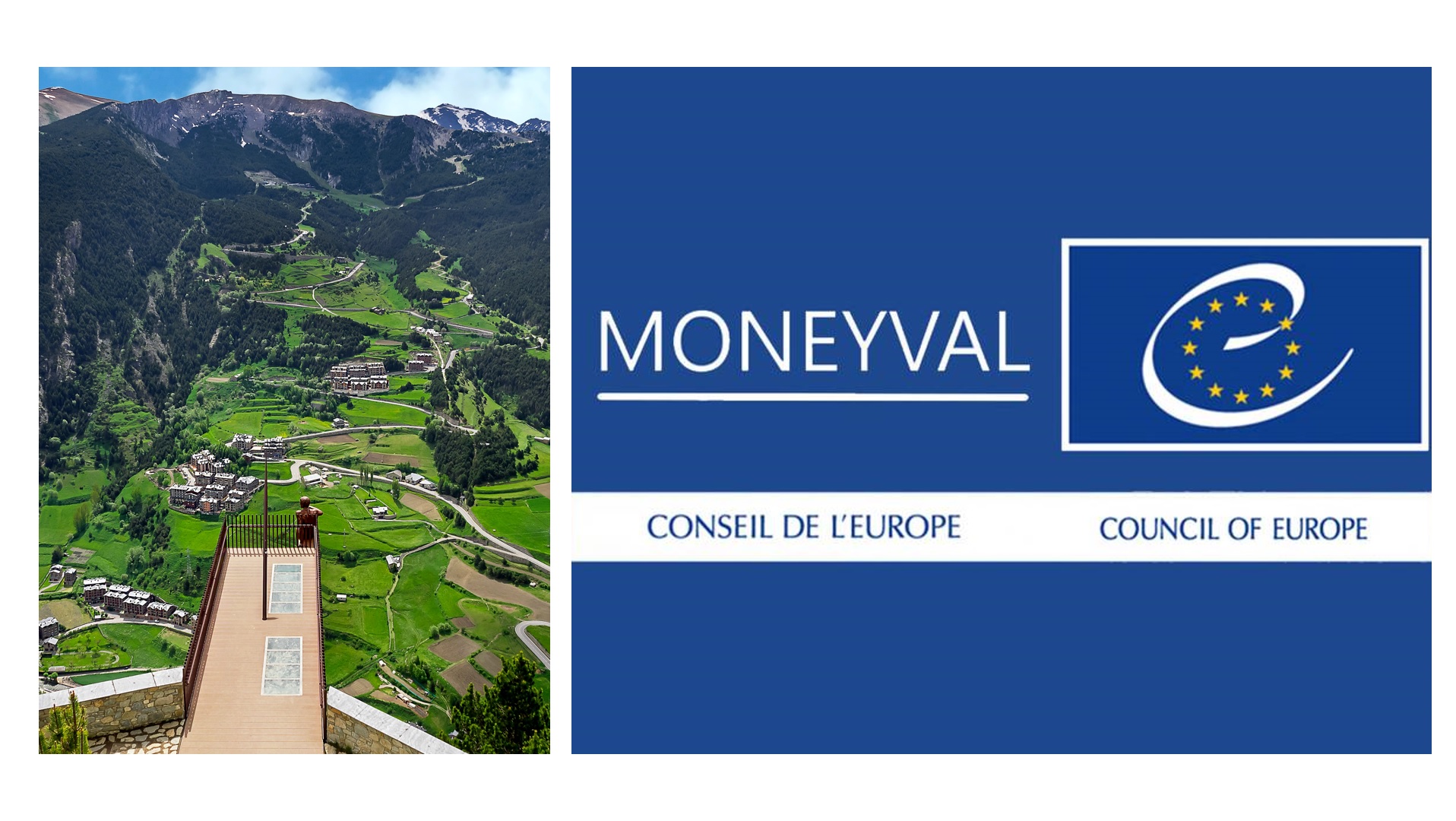By Elizabeth Hearst
On Tuesday, the Financial Action Task Force (FATF) launched a 24-page report highlighting previous indicators of money laundering and terrorist financing through virtual assets.
The report which draws from 100 case studies warns individuals about key indicators of money laundering including the size and frequency of transactions, anonymity of clients and source of wealth or funds.
Marcus Pleyer, President of FATF labelled the findings as an “important and timely report” for individuals to look out for and “mitigate the risks of virtual assets”.
Although the report was expected to be received with open arms, the consensus amongst some AML professionals is that these regulations and subsequent reports don’t initiate sufficient change. Many industry-wide experts believe that these reports are used as a “box-ticking” exercise, with real criminals yet to fear any sort of legislative flex of power.
Graham Borrow, director of the Dark Money Files, shared the report on his Linkedin and said that he “should be pleased”, but added that “it’s just a system that rewards compliance rather than effectiveness against finance criminals needs to be rebuilt”.
Case Studies:
- The case studies attached to the report highlights an instance in South Korea where over €300,000 was stolen from phishing victims and exchanged for virtual assets as a layering technique. The exchange was flagged to officials following multiple high-value transactions that were transferred to a foreign virtual asset service provider to a single wallet. These funds were then exchanged into three various types of virtual assets before being deposited in the suspect’s account.This suspect then transferred the funds 55 times through 48 separate accounts and then to a different wallet located abroad.
- In Italy a bank filed a suspicious transaction report (STR) in relation to a local company that held funds generated by the sale of coupons that could be traded with a produce. These funds were deposited by legal and non-legal people, with some of these funds originally in virtual assets. Although the bank made further inquiries in relation to the source of the funds, the account holder did not provide this information. Further investigations by the relevant authorities indicated that these funds were linked with subjects connected to organised crime and with funds received from a fraudulent project.
- The report also highlights incidences whereby a Bitcoin dealer was operating an unlicensed cross-border money transmitting business from the United States. The accused was suspected to have exchanged virtual assets for cash in person, or through ATM or money transmitting services. The suspect then received a 5% premium on the exchange rate for his services.
The body maintains that although virtual assets use “innovative technology” to transfer value around the world, and make payments “faster and cheaper”. The anonymity with them “also attracts criminals” who they believe have used the medium to launder funds from a range of illicit activity such as the “drugs trade, illegal arms smuggling, fraud, tax evasion, cyber attacks, sanctions evasion, child exploitation and human trafficking”.
The report describes technological features that criminals regularly use to increase anonymity including mixing and tumbling services, certain geographical risks from low-security countries, irregular transaction patterns, illogical transaction size, unusual behavior and illicit recipient profiles and source of wealth.
The report follows instructions from FATF in 2019 that countries should tighten security on cryptocurrency exchanges to prevent virtual currencies being used to launder cash. Similarly, the European Union has recently announced that the bloc would be establishing a new supervisory body to oversee cryptocurrencies including Bitcoin and Facebook’s Libra.
Share this on:
Follow us on:








